Twelve Egyptian obelisks are scattered throughout Rome. The smallest one towers atop a most unusual base: a carved elephant.
Diocletian, the Roman emperor from 284 to 305, brought the Egyptian obelisk to Rome. It was rediscovered in the 17th century, and Pope Alexander VII commissioned its erection.
The base was designed by the famous architect Gian Lorenzo Bernini. The elephant is meant to symbolize wisdom, as in some cultures, the animals are associated with the trait. Bernini also chose an elephant because it’s large enough to support the column’s weight.
There was a preliminary dispute between the Dominican Father Paglia and Bernini about the pedestal’s design. The cleric proposed one surrounded by four dogs, one in each corner, to honor the Order of the Dominicans, to which he belonged.
It’s believed Bernini’s assistant Ercole Ferrata is the one who actually sculpted the pachyderm. The ensemble was finally erected in February 1667 in the Piazza della Minerva in front of the church of Santa Maria Sopra Minerva, where it stands today.
Know Before You Go
The obelisk is situated in the heart of Rome, next to the Pantheon, about halfway between the Colosseum and the Vatican. It's near the Argentina bus stop.

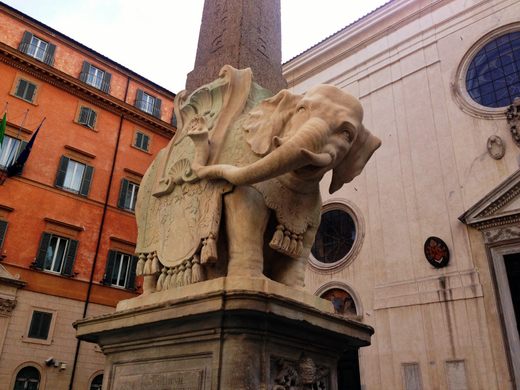
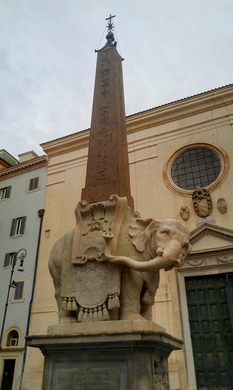




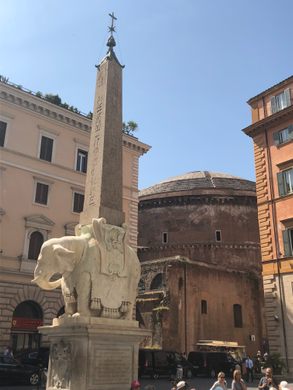




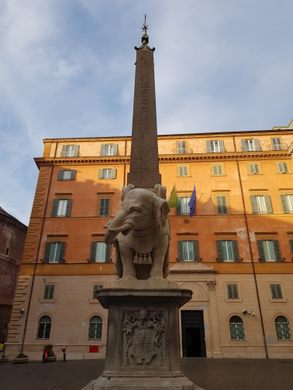



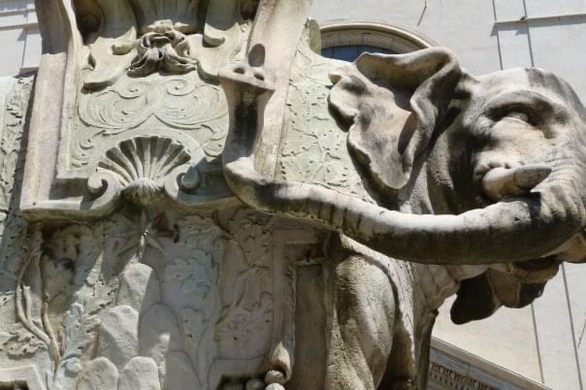












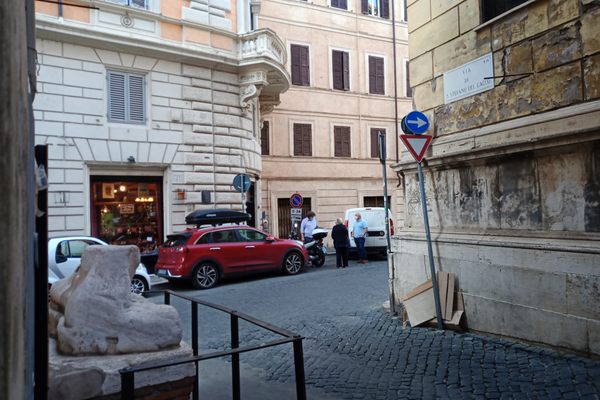


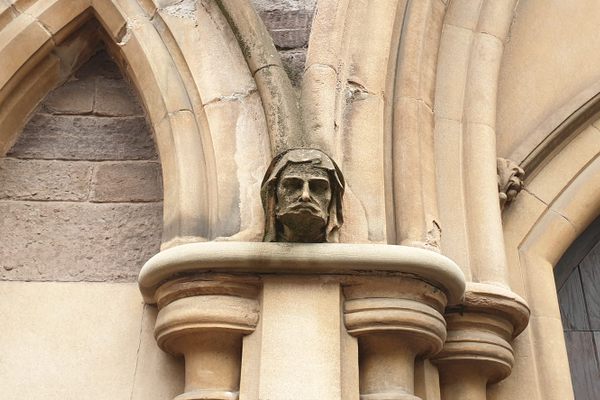




Follow us on Twitter to get the latest on the world's hidden wonders.
Like us on Facebook to get the latest on the world's hidden wonders.
Follow us on Twitter Like us on Facebook